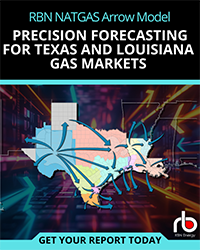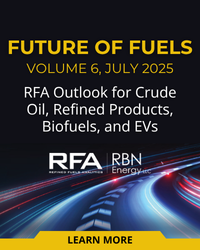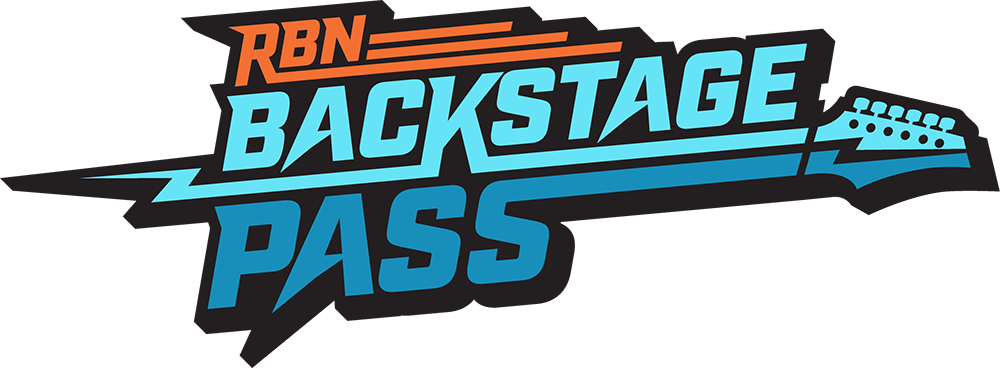Producers in the Haynesville Shale had anticipated that growth in LNG exports in 2024 would goose prices and propel the play’s role as a crucial source of LNG feedgas. Instead, lackluster demand, exacerbated by delays at the Golden Pass LNG project, contributed to lower-than-expected natural gas prices, which caused some producers to scale back drilling plans and trimmed Haynesville production from about 16 Bcf/d in the first half of 2023 to less than 14 Bcf/d by the end of 2024. So, what do they have planned for 2025? In today’s RBN blog, we’ll discuss the Haynesville’s promise and challenges and highlight what E&Ps there are planning.
We’ve written a great deal about the Haynesville Shale (yellow-bordered region in Figure 1 below) — one of the OG’s of shale development which stretches across portions of Northeast Texas and Northwest Louisiana — in the RBN blogosphere (see 50 Ways to Leave Louisiana) and its role as an essential source of LNG feedgas. The Haynesville along with the prolific Permian Basin and the Eagle Ford are among the most prominent and promising sources of additional feedgas for new export facilities being built along the Gulf Coast (colored diamonds in Figure 1), and a long list of pipeline projects are being planned and built to transport increasing volumes of gas from those basins to LNG export facilities. However, unlike the Permian (and a large swath of the Eagle Ford), where gas is produced largely as a byproduct of oil, and thus sensitive to oil prices, the Haynesville (along with parts of the southern Eagle Ford) is primarily a gas-producing region, and is correspondingly sensitive to gas prices.
Figure 1. Gulf Coast LNG Export Projects Around the Haynesville Basin. Source: RBN
So, when the pace of new export-capacity additions began to slow dramatically in 2023 and no new liquefaction/export capacity came online in 2024 (dashed red box in Figure 2 below) for the first time since the start of the U.S. LNG export boom in 2016 due to major construction delays at Golden Pass LNG and minor delays at Plaquemines LNG (see Tired of Waiting for You), that stifled a forecast price rise which, in turn, cascaded back to gas-focused producers in the Haynesville. Producers are not incentivized to boost output when prices aren’t supportive or when doing so would only serve to oversupply the market. More often these days, sophisticated producers adjust their plans based on current price signals balanced against any hedging they’ve done (see I Walk the Line).
Join Backstage Pass to Read Full Article








